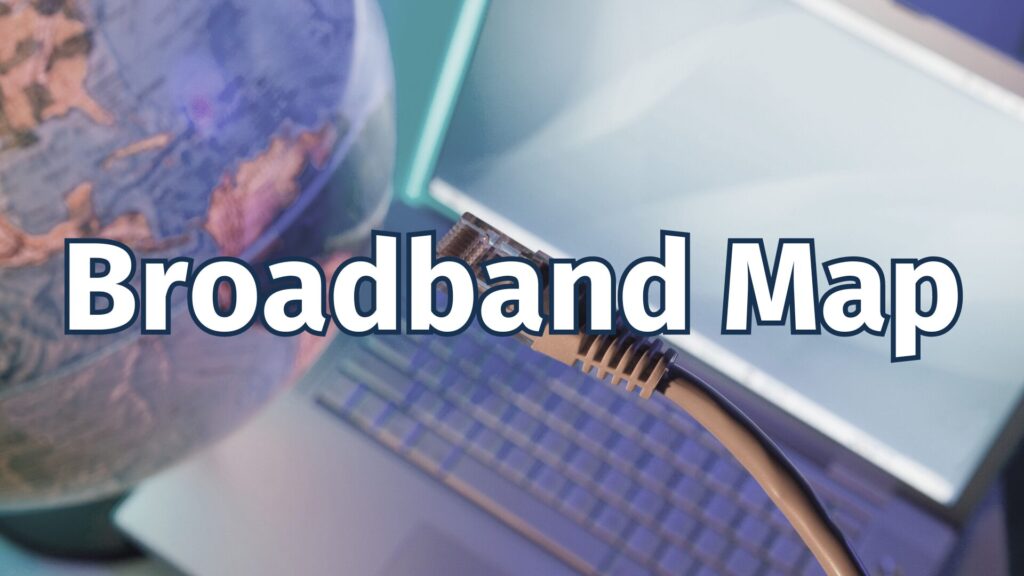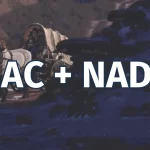Enhancing Broadband Connectivity for Native American Communities
In today’s interconnected world, reliable internet access is essential for economic development, education, healthcare, and overall quality of life. Unfortunately, many Native American reservations suffer from significant broadband blind spots, limiting their ability to reliable internet access in Native American reservations. Addressing this issue is the focus of the Tribal Broadband Connectivity Program, a crucial initiative aimed at expanding high-speed internet access across tribal lands.

Broadband Mapping Initiative
The Challenge:
To identify the truth about the broadband blind spots that exist in and around Indian Country.
What is a broadband blind spot?
In the United States and other countries, many areas lack access to broadband (high-speed) internet service, limiting access to slower “dial-up” technology. Anecdotal information suggests that, on tribal lands, broadband coverage is less than 10% per capita, and may be as low as 4% – lower than in many developing countries.
Why does broadband technology matter?
Broadband blind spots matter because they contribute to a persistent communication gap that hinders development. In today’s economy, reliable access to high-speed internet and telecommunication is essential for business and economic development, efficiency, and effectiveness. Broadband Internet has been available for 20 years; over this time broadband has become a key component to federal, state, local, and tribal governments, most sectors of the economy, and an increasing number of households. The absence of broadband Internet and telecommunication inhibits tribal sovereignty, self-governance, and most components of strategic plans (e.g., healthcare, education, transportation, commerce).
Key Terms
- Broadband: The ability to access the Internet at modern high-speed networks such as 3G or 4G from your computer or mobile device. Internet service providers often define broadband as any connection that provides more bandwidth than dial-up.
- Uplink: When using a smartphone, laptop, or tablet and subscribing to a broadband service, your device connects to the Internet through towers that send/receive signals. When your mobile device uploads (or sends) data to a server through one of these towers, this is the Internet uplink part of the networking process.
- Downlink: Conversely, this is the connection from the Internet server back to your device (smartphone, laptop, or tablet).
- Speed tests: Pings your connection to indicate whether you truly have broadband speed or something less. For more, go to www.fcc.gov/encyclopedia/broadband-speed.
Interactive Tools and Resources
Mapping Resources and Tools
Got broadband gaps on your tribal lands? Below is a set of tools and resources for those who prefer to work through an interactive Do It Yourself (DIY) approach.
Federal Government Resources
The National Broadband Map was launched on February 17, 2011, and it is a tool to search, analyze, and map broadband availability across the United States. This resource is available at the link below.
www.broadbandmap.govThe FCC offers a tool that allows users to test their broadband connection. To test a broadband connection, please click on the link below; enter the location/address where you are accessing the internet and then click “Go.”
FCC Broadband Connection Test ToolThe USDA also offers a rural broadband mapping tool:
USDA Rural Broadband Mapping Tool
The CIT enables users to check the availability of broadband providers and other features, using a state of Virginia broadband mapping program. To get started now or for additional information regarding this resource, please refer to the link below.
Virginia Broadband Mapping Program
Free Mapping and Performance Providers
Free map maker from Google:
g.co/mapmakerOpen Signal Maps offers a crowdsourcing cell signal strength app:
Open Signal MapsSpeed data testing by MLab:
Measurement LabTrial data network performance dashboard for Android apps (by Mobile Pulse):
Mobile PulseFor ready-made geospatial apps, consider Fulcrum app (not necessarily free):
Fulcrum AppFor custom-made geospatial apps, consider Spatial Networks development services:
Spatial NetworksApplication called CalSpeed measures mobile broadband and is available on Google Play (Android app store) with a 4G/LTE phone required:
CalSpeed
Note – Cali PUC app is available on Google Play (app store), and is briefly described here:
California PUC Broadband Availability Maps
*Caveat – By posting these links, Native American Capital, LLC is not endorsing any of these vendors, providers, or sources. Rather, these are presented as conveniences for user/tribal consideration and are to be used at one’s own risk.
Highly-Skilled Technical Team
- Native American Capital, LLC (NAC): Heading outreach and promotion efforts. Will build a database of contacts for data collection. Report to the CIT (Center for Innovative Technology).
- VA Geographic Information Network (VGIN): Pull in existing broadband availability data. In conjunction with CIT, work with tribal providers to collect data. Provide online mapping interface & tools.
- Virginia Tech Center for Geospatial Information Technology (CGIT): Modeled estimates for wireless coverage. Map books for QA/QC.
Opinion Leaders
- NCAI (National Congress of American Indians): NCAI
- NTTA (National Tribal Telecom Association): National Tribal Telecom Association
- Reznet News: Reznet News
- Indian Voices: Indian Voices
- NCAIED (National Center for American Indian Enterprise Development): NCAIED
Challenges and Risks
There is a historic opportunity with clear attendant risks to precisely map dynamic broadband coverage along with what is presumed to be predominantly large-scale service coverage gaps in Indian Country owing to severely underdeveloped infrastructure.
Project Objectives
NAC has received a grant from the US Department of Commerce National Telecommunications and Information Administration (NTIA) to work alongside the Center for Innovative Technology (CIT) to identify broadband gaps in Indian country and to improve the quality of available broadband information. Specific objectives include:
- Assemble data available from key tribal lands and assess for accuracy and needed updates.
- Identify key stakeholders in broadband access throughout Indian country and solicit information sharing with them.
- Create online mapping and self-reporting tools to be completed in conjunction with tribes, tribal consortia, states, and other stakeholders.
- Assist in the dissemination of broadband access to tribes, states, and other stakeholders through NTIA.
For more information on the Tribal Broadband Connectivity Program, you can explore the broadband connectivity landscape in Native American communities using the interactive Broadband Map:
This initiative aims to improve native American internet access and tribal broadband infrastructure, ensuring internet access for native American reservations. Through the NTIA tribal broadband program, significant strides are being made to provide tribal broadband connectivity grants, enhancing digital inclusion and bridging the connectivity gap for Native American communities.
Contact Us
Have any new ideas and/or resources for us to share? Need help with your broadband mapping effort? Please direct inquiries to through our contact page.


